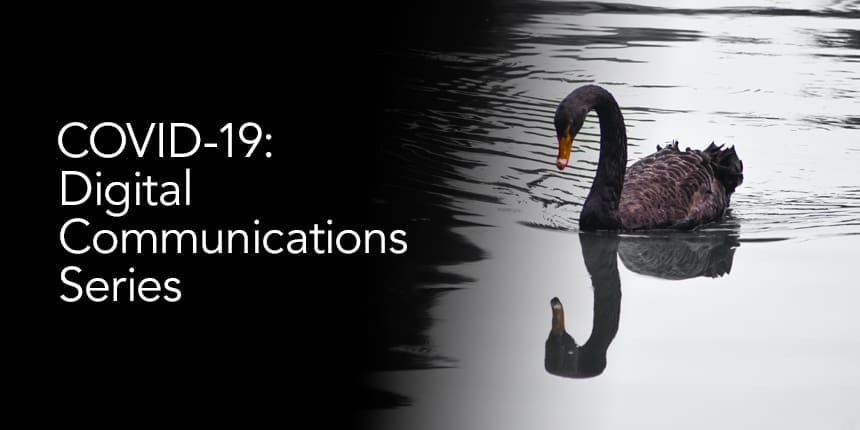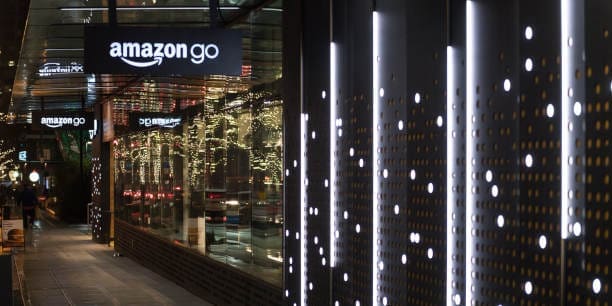
Navigate an unpredictable landscape with actionable, data-driven strategies tailored for your business from the brand down to the local level.

Murphy’s Law tells us that “anything that can go wrong, will go wrong”. But it doesn’t tell us the day, hour, or minute the disaster will actually occur, creating great uncertainty. This is true for a pandemic or for the bursting of a speculative bubble. We do not know when they will happen.
When uncertainty is based on a singular event—such as a “black swan”, as we will explain—this uncertainty becomes a serious obstacle. Economist John Maynard Keynes talks about radical uncertainty and defines it as a situation where “we simply don’t know”, which in turn echoes Socrates’ “I know that I know nothing”. But it doesn’t prevent us from doing something. On the contrary, it encourages us to organize ourselves to better adapt to the post-crisis period.
So let’s create order from disorder. Based on the product life cycle model, a crisis can be said to consist of four distinct phases:
The lines are clear and defined, the movements and behaviors of the actors (companies, consumers) are long term. Strategies and uncertainties are defined on the basis of past data and events. The American economist Frank Knight indicates that it is often possible to mitigate risk—for example by means of an insurance contract—to cover oneself during the relative stability of this phase.
In 2007, the French-American-Lebanese statistician Nassim Nicholas Taleb defined the “black swan” as an event whose occurrence was not foreseen and which has a significant impact on the course of history. September 11 is an example of the black swan. COVID-19 may be another.

During a crisis of the magnitude of a black swan, companies must instantly adapt to behaviors that are sometimes the polar opposite of established norms. It is a question of survival because, according to an accelerated Darwin’s law, companies that do not adapt or that are not sufficiently subsidized or financed disappear, generating a vicious circle: unemployment, drop in consumption, company bankruptcy.
Economic psychology then comes into play. As people seek to deal with their trauma and reassure themselves, this phase will result in unusual behavior exacerbated by the desire to resist the new normal and return to the old normal. Consumers being non-rational beings—as Herbert Simon, Nobel Prize winner in 1978, demonstrated—consumption will resume because it acts as a refuge (at least for those categories that have retained sufficient purchasing power). Luxury is an example of this.
To illustrate this shock and rebound, Goldman Sachs bank has published its forecasts for quarterly growth in the US in 2020: -9% in Q1, a historic fall of -34% in Q2, and an equally historic rebound of +19% in Q3.

Another example of this irrational behavior: the luxury brand Hermès is said to have brought in at least $2.7 million in just one day at its Guangzhou flagship store when it reopened early in April.
Stanford professor Nicholas Bloom said in a 2014 paper that uncertainty is damaging “to short-term investment and employment” but that it can “stimulate innovation in the longer term”. Similarly, the US venture capital fund Sequoia said that many of today’s most successful companies had emerged during crises, including Google (internet bubble) and Airbnb (financial crisis).
The pandemic will also change consumer behavior. For instance, economics professors Nathalie Moureau and Dorothée Ribaud-Danset explained that in the face of uncertainty, individuals often either opt for imitation—adopting the position of others whom they assume to be better informed—or default to a wait-and-see attitude, postponing their decisions while waiting for new information. It is therefore important for brands to maintain a link with consumers in order to re-initiate pre-crisis purchasing habits (or adapted versions of them) as quickly as possible. After all, a loss of notoriety will be difficult if not impossible to make up for when normal life resumes.
To address this uncertainty, prepare for the recovery phase, and keep building on long-term strategies, we propose a simple four-step framework:
Subscribe to our monthly newsletter.
Identify weak signals regarding changes in consumer behavior both during and after the crisis. You can do this using our curated list of data resources, including:
Set up competitive intelligence to not only monitor the behavior and positioning of your historical competitors, but also identify the emergence of new players who can be more agile because, having been formed after the onset of the crisis, they will not have to transform themselves.
Evolve your offers and services to make them more digitally compliant. Consumers will adopt more digital behaviors because certain barriers to digital are being overcome during the lockdown as we make lasting adaptations.

Evolve your supply chains or accelerate online-to-offline infrastructure by using your points of sale as a distribution hub. Carrefour and Amazon have already made this choice, transforming or developing physical locations into places of withdrawal.
Adapt your messaging to new users’ expectations and the demands you identified during the first phase. Mentalities towards a fairer and more local capitalism may quickly emerge, so monitor these new trends. Also invest in training your teams so that they can become autonomous in the use of digital tools. This will allow your company to adapt even more easily and quickly to future developments and may give you with a competitive advantage.
Inform online users about your new services/offers in order to stimulate demand. Communicating with your historical targets and new audiences will enable you to boost your attractiveness on the one hand, and to optimize positive imitation effects on the other hand. To do this, use:
Don’t wait for the end of lockdowns to be announced. Be ready to deploy these campaigns at a moment’s notice, because brands that are not ready will be lost in the post-lockdown information bubble.
Engage (or re-engage) your audiences and communities. With the crisis behind us, consumers will be ready to return to “normal” communication, but with the factors of a new normal. Thanks to the communication you conducted during the crisis—and the way you maintained the link with your communities—you will be able to quickly restart your online engagement.
It will nevertheless be important to reassure them because confinement will have been for some a real stress that will have to be overcome from an emotional point of view. Social media and local community communication will be of great help in this.
These are times that make us question our habits and we must remain humble about the future. Nevertheless, these four steps will help to better dispel the vagueness and uncertainty we’re all dealing with day to day. Want to know more? We’re always here to talk.
Navigate an unpredictable landscape with actionable, data-driven strategies tailored for your business from the brand down to the local level.
Navigate an unpredictable landscape with actionable, data-driven strategies tailored for your business from the brand down to the local level.
Navigate an unpredictable landscape with actionable, data-driven strategies tailored for your business from the brand down to the local level.
Subscribe to our monthly newsletter.